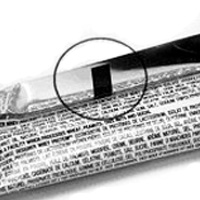
An ‘eye mark’ (also known as ‘eye spot’) is a small rectangular printed area located near the edge of the printed flexible packaging material. A sensor on the form-fill-seal (FFS) machine reads the eye mark to identify packaging material, control the material’s position, and coordinate the separation and cutting of the flexible packaging material.

Please note that PNG and GIF files can’t be used to produce quality labels. JPG files must be in CMYK format with a minimum of 300 DPI and no text – the JPG image should solely be for background usage from the original high-res file. You should also use vector art files over raster for label printing.
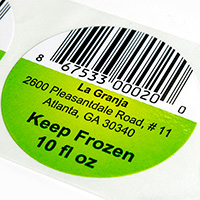
Using label materials that aren’t designed for freezing conditions can cause issues with looks and performance which is why we recommend using a freezer-grade label material like white polypropylene film with an all-temperature adhesive.
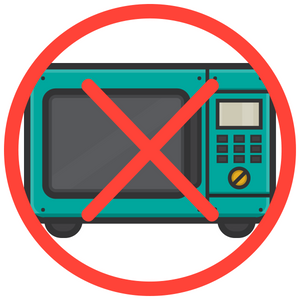
Pressure sensitive adhesives (aka ‘self-stick’ adhesives that don’t require solvents or heat to activate the adhesive) shouldn’t be used in the oven or microwave for a couple of reasons.
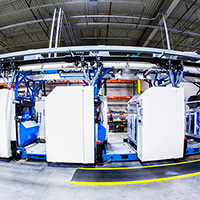
Flexographic printing is a popular method for printing large orders of custom labels at rapid speeds by transferring ink onto the paper or film material using flexible printing plates mounted on fast-rotating cylinders. Flexographic printing plates allow customization options that aren’t possible with some other types of presses.
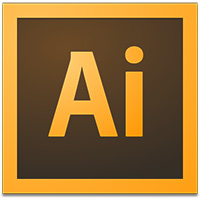
To ensure quality labels, we recommend following our design requirements for label printing and using the appropriate design software. You can download our specs sheet to keep or give to your label designer.
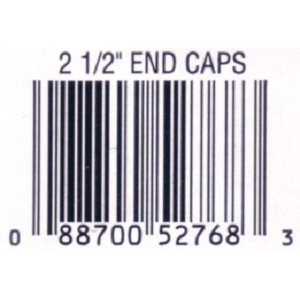
With UPC code dimensions, the width is more important than the height because the width influences the distance between the bars and how well the scanner’s laser can distinguish between them.
Nominal size: 1.469″ wide x 1.02″ high
Minimum size: 80% of the nominal size or 1.175″ wide
Maximum size: 200% of the nominal size or 2.938″ wide

If your labels will be used for a short period of time, such as within six months, the majority of label materials will work for your application. On the other hand, if your labels will be outside, or face extreme conditions (freezing temperature, chemical exposure, etc.), or need to last for years, then it’s important to let us know so we can select a label material with a service life that fits your labeling needs.
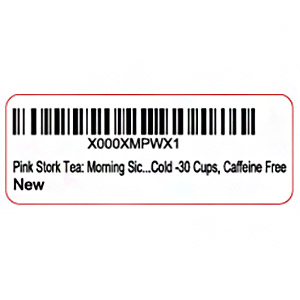
Yes, we can print an Amazon barcode on labels, all you need to do is provide it to us.
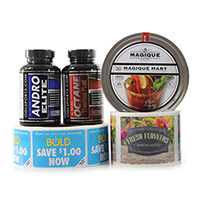
If you’re running into the issue of your label not sticking to the container or application surface, there are several reasons why this is happening and what you can do to fix it. Variables like container cleanliness, texture, shape, temperature, and environment can affect how well your adhesive works.